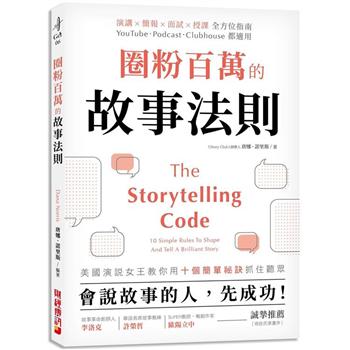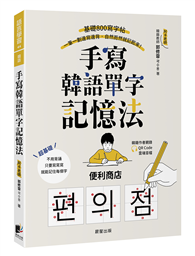圖書簡介In Chinese, as in many languages with long written histories, textual sources tend to reflect koines or reginal lingua francas rather than dialects as such. The recording of ordinary regional vernaculars as a matter of scholarly or scientific interest is in the main a modern phenomenon. As a result, Chinese dialects are known mainly through their modern spoekn forms. And, has been pointed out by Norman, the primary expedient for recovering the phonological history of families of dialects is the application of the comparative method. Early attempts in this direction involved work on large, very old dialect groups.
More recently, attention has focused on smaller groups and subgroups, for it is well-known that the comparative method is mosts effective when applied at shallow time depth to closely related languages. The effectiveness of this approach has been clearly demonstrated in recent publications, a prime example being that of Akitani, who skillfully applies the classical comparative method to a single sub-group of the Wu dialect family. The present monograph is intended as a study of the type espoused by Norman and implemented by Akitani. It deals with the Huang-Xiao group, a sub-group of upper Yangtze Watershed Mandarin dialects.












